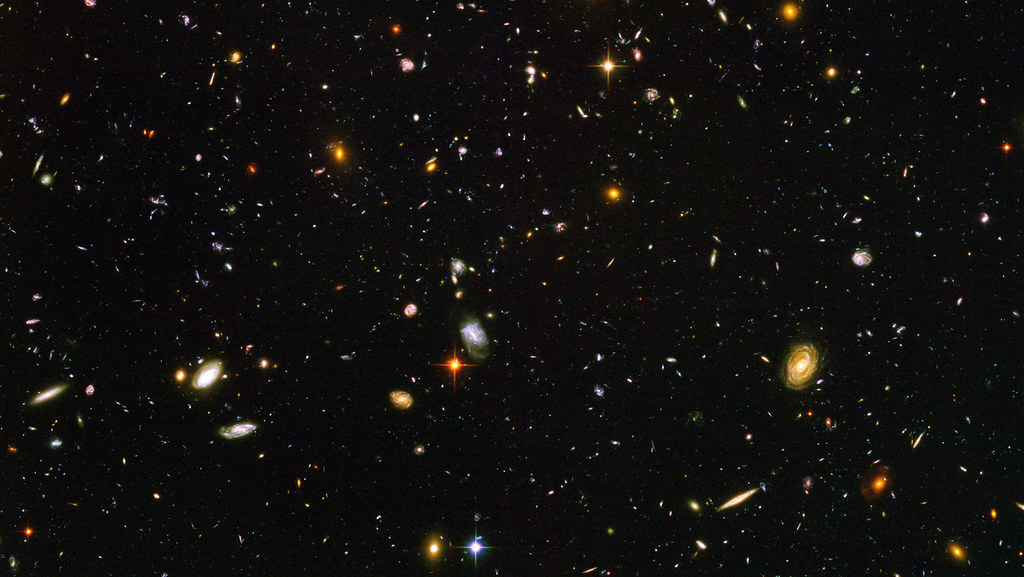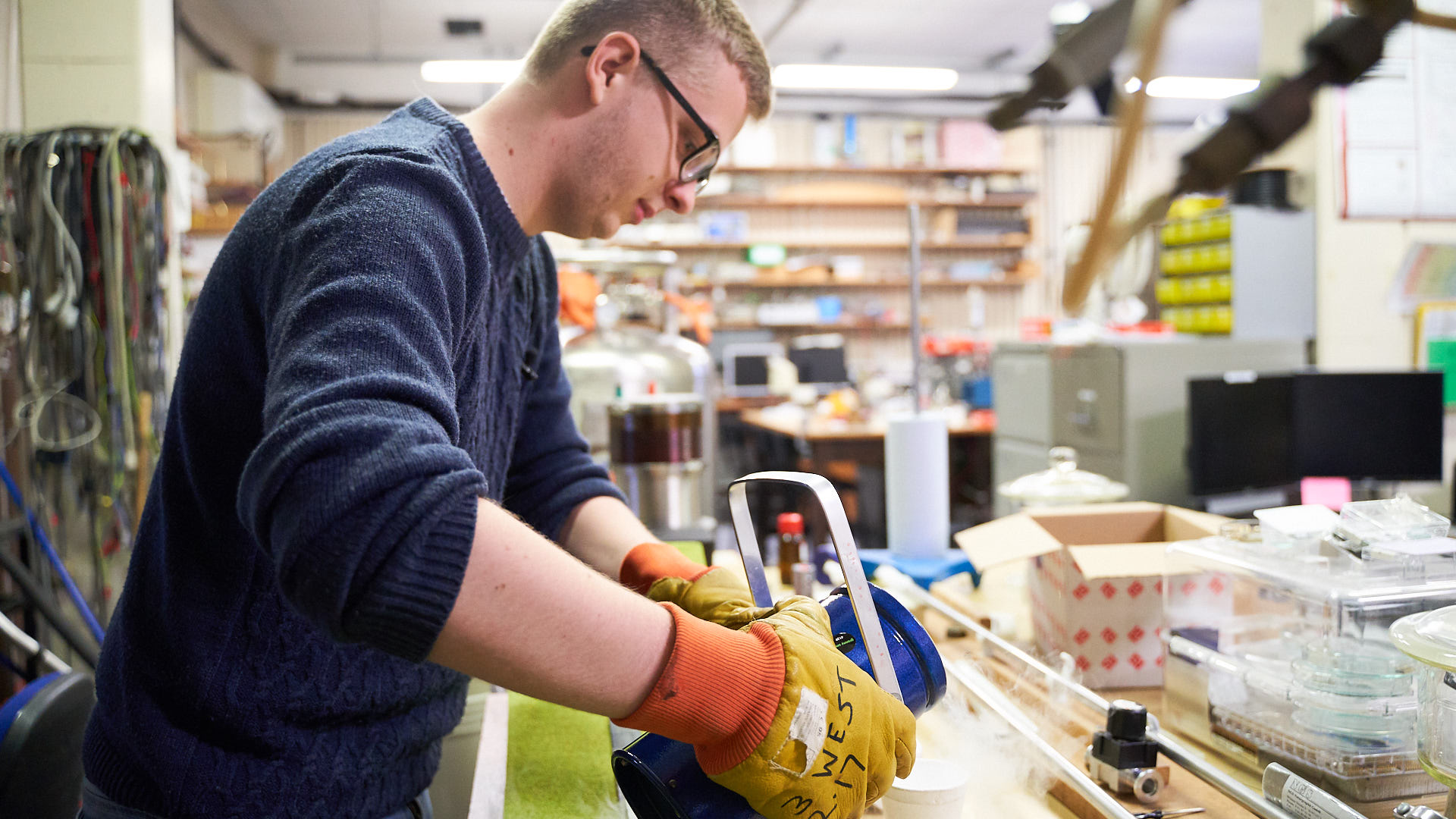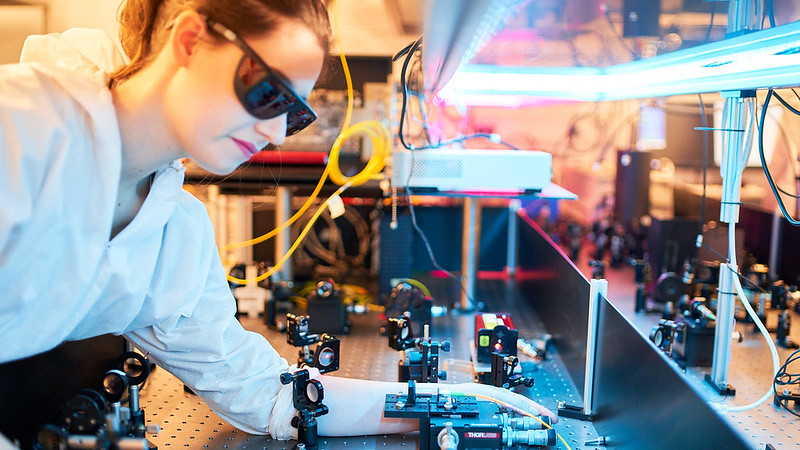Astrophysics Group Job Opportunities

Find out about how to join us as a PhD student or a research fellow.
We use cutting-edge observational, computational and theoretical methods to address fundamental questions in astrophysics and related earth science. Our research covers both extreme phenomena in high-energy astrophysics and the large-scale evolution of the universe and the galaxies within it. Within the former, we study the physics of neutron stars and black-hole formation by observing and modelling relativistic jets and gamma-ray bursts. Within the latter, we use large-survey data and perform cosmological simulations of galaxies and cosmic structure. We map nearby variable stars to calibrate the cosmological distance ladder. Bridging topics are our use of gamma-ray burst as cosmic probes of their environment and our observational research into active galactic nuclei. Further research themes include satellite imaging and acoustics. We are members of international consortia including 4MOST. Our numerical work involves fluid dynamics, machine learning and uses national HPC facilities.
Find Out More About Physics Research At Bath
Learn more about the research activities of our staff, research associates and PhD students.
Join us as a PhD student or member of staff. Interested students can either contact academic staff directly or see our projects on FindaPhD.com.

Find out about how to join us as a PhD student or a research fellow.

See available PhD projects in the Department of Physics

Advice for postdoctoral researchers about how to apply for fellowships and join the Department of Physics.
Read more on Bath astrophysicists in the news.

Bath Astrophysicists joined this year’s Somerscience festival, providing public talks, planetarium shows and an information stand to over 5,000 visitors.

A supercomputing award will power University of Bath-led research into how the first stars and chemical elements formed after the Big Bang.

The study of ‘starquakes’ (like earthquakes, but in stars) promises to give us important new insights into the properties of neutron stars.

An international team that includes the University of Bath has discovered three ultra-massive galaxies in the early Universe forming at unexpected speeds.

Dr Carolin Villforth and scientists across the EU have developed a planetarium show that explains the mystery of supermassive black holes to general audiences.

Dr Patricia Schady and her team use JWST to combine absorption and emission line techniques to study the cosmic chemical evolution of the young Universe.
Find out more about research consortia in which we participate.
Take a look at recent papers, articles and conference contributions from our staff and students on our Bath Research Portal.